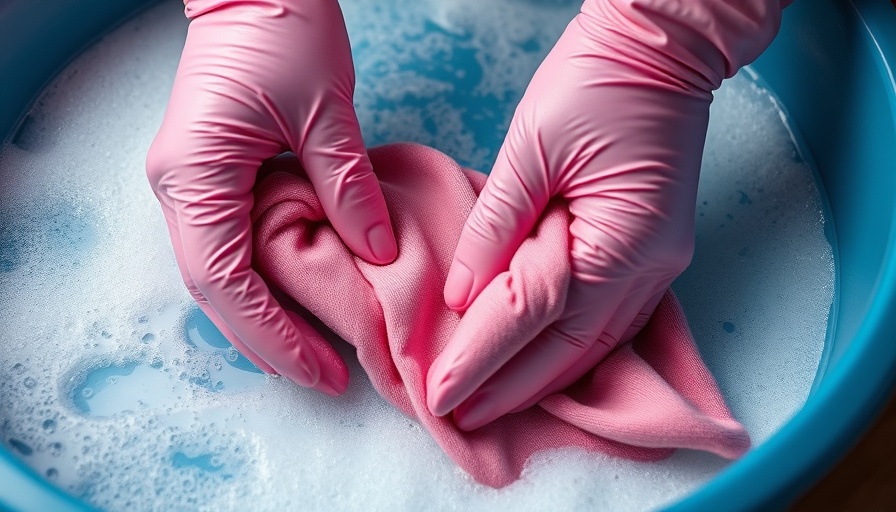
Understanding Blood Stains: A Common Household Challenge
Blood stains can strike unexpectedly—whether from a skinned knee, a nosebleed, or even during menstruation. For many, the initial reaction is panic, especially if the stain occurs on favorite clothing or upholstery. The good news is that with proper techniques, these stains can be effectively removed without permanently damaging your fabric.
Quick Response: The Key to Successful Stain Removal
It cannot be stressed enough: the sooner you act, the better your chances of completely removing the stain. According to Carolyn Forté, executive director of the Good Housekeeping Institute Cleaning Lab, fresh blood stains are much easier to treat than dried ones. As soon as you notice a blood mark, locate your supplies—cold water, hydrogen peroxide, and bar soap should be prioritized.
Essential Supplies for Stain Removal
Before diving into the cleaning process, gather these crucial items:
Bar soap
Hydrogen peroxide
Fabric-safe bleach
Laundry pre-treater
Enzyme-containing liquid laundry detergent
Having these products on hand can make the difference between deep-seated stains and successful cleaning.
Step-by-Step Guide: Removing Fresh Blood Stains
1. **Cold Water Rinse:** Start by soaking the stained area in cold water as quickly as possible. If the stain is fresh, running it under cold water can help flush out the blood.
2. **Apply Hydrogen Peroxide or Bar Soap:** For fresh blood, dab hydrogen peroxide onto a cloth and gently blot the stain. If hydrogen peroxide isn't available, rubbing bar soap directly into the fabric is another effective method.
3. **Laundry Pre-Treater:** After treating the initial stain, utilize a laundry pre-treater or enzyme-based detergent. Wash the garment in warm water, ensuring any bleach used is fabric-safe.
4. **Repeat if Necessary:** If the stain persists after the first wash, don’t dry the garment. Repeat the treatment steps until the stain is gone.
Handling Dried Blood Stains: Patience is Key
Dealing with dried blood can be more challenging, but it’s not impossible. The following steps can help:
Presoak the Garment: Soak the stained item in a stain-removing laundry soaker to loosen the dried blood.
Use Ammonia with Care: If the stain remains tough, ammonia can be useful. However, always follow safety recommendations, and ensure the fabric is colorfast.
Final Wash: Apply a fabric-safe bleach and wash according to the garments' care instructions.
The key to removing dried blood lies in patience and persistent effort. Each attempt may require different approaches until a solution is found.
Common Misconceptions About Blood Stain Removal
Numerous myths exist about how to effectively treat blood stains, such as using hot water or vinegar. Unfortunately, these often do more harm than good by setting the stain or damaging the fabric. For best results, stick to recommendations from cleaning experts who provide tested methods.
Future Insights: Preventing Blood Stains
While it’s impossible to avoid all mishaps that cause blood stains, there are preventative measures. Wearing protective clothing during activities that may result in scrapes, or careful management during menstrual cycles can minimize the risk of stains. Additionally, knowing the right treatment options can allow for quicker reactions when accidents happen.
Final Thoughts on Effective Stain Management
Stains are an inevitable part of life—especially in households with active individuals. Understanding how to manage blood stains can save your favorite clothing and give peace of mind. Stay prepared with cleaning essentials, act quickly, and stick to proven techniques. By doing so, you can tackle even the toughest stains with confidence.
#bloodstains, #stainremoval, #cleaningtips, #householdchallenges, #freshstains, #driedblood, #laundrytips, #hydrogenperoxide, #fabriccare, #cleaningmyths
 Add Row
Add Row  Add
Add 




Write A Comment